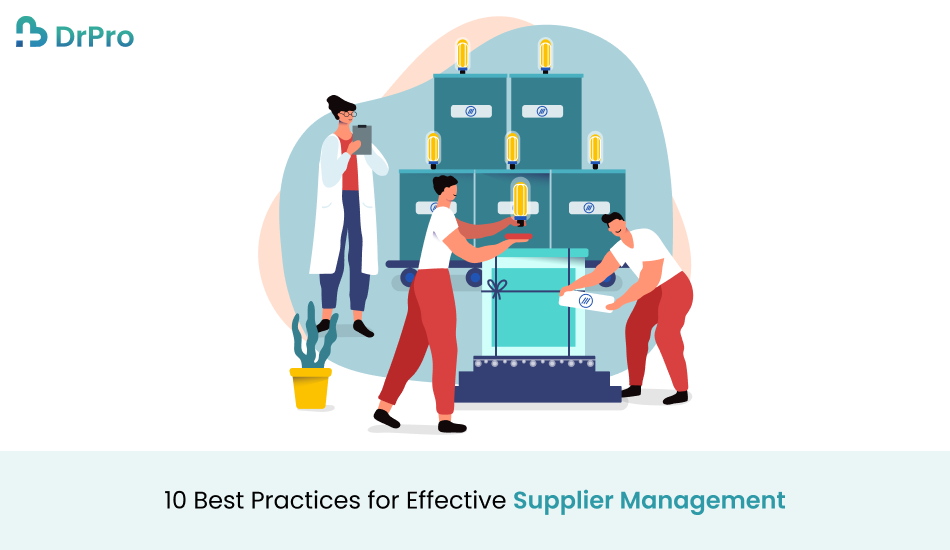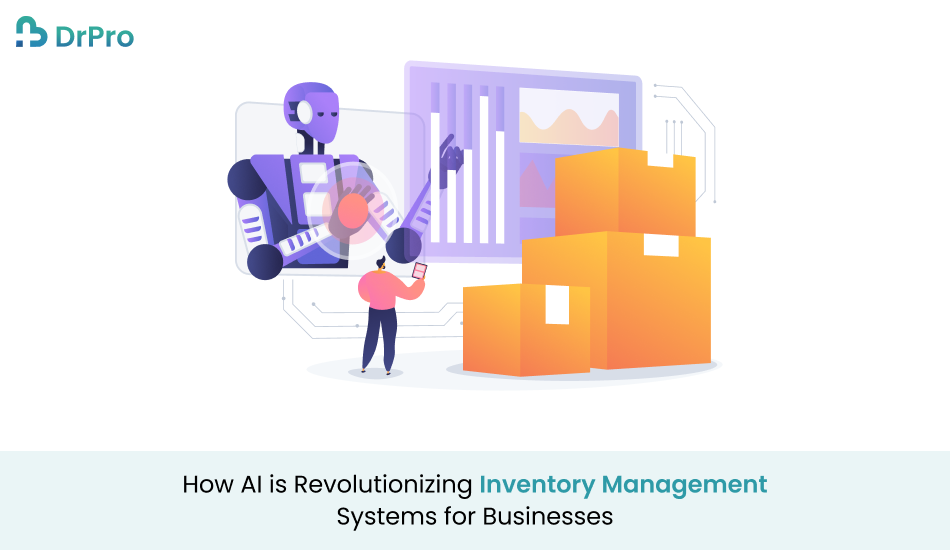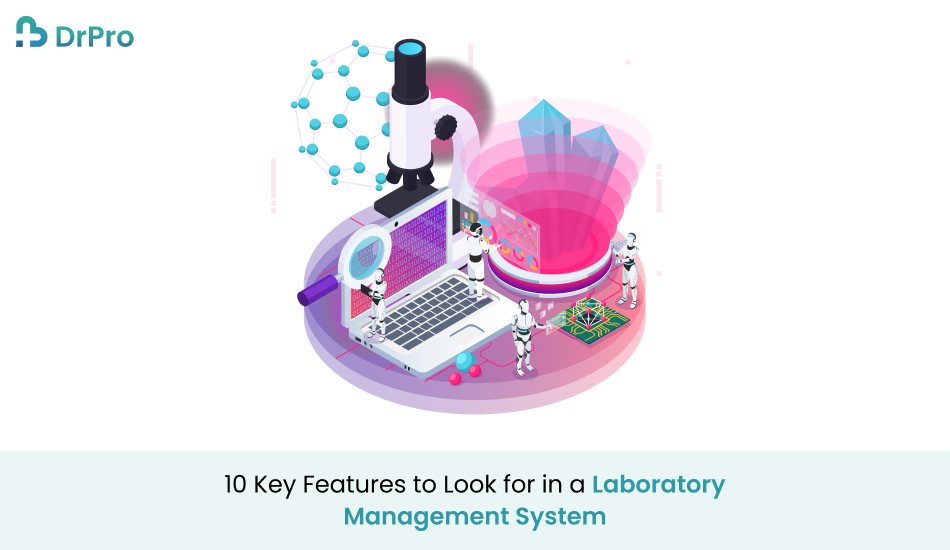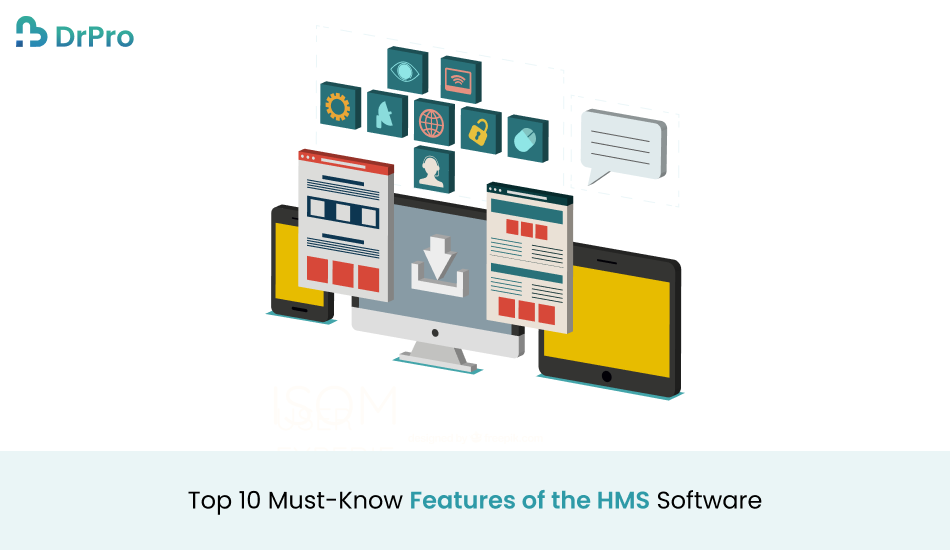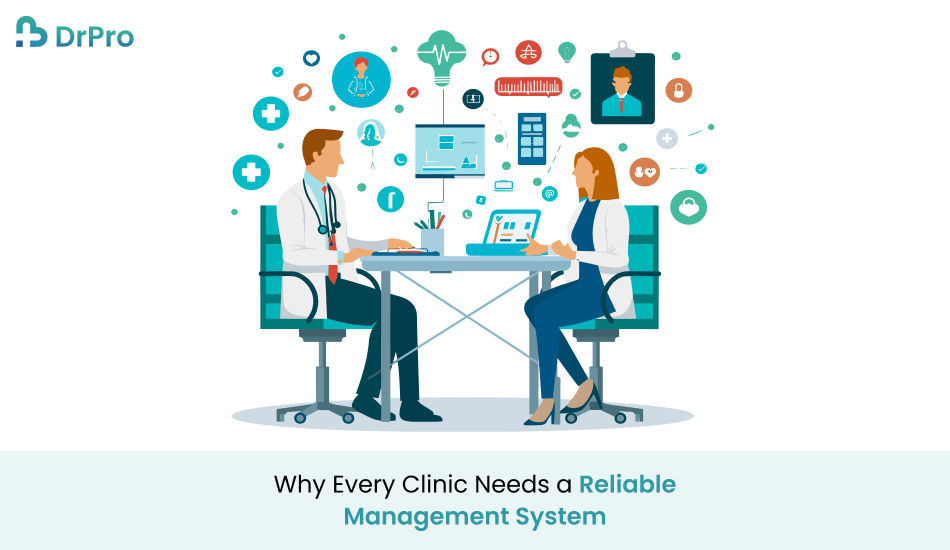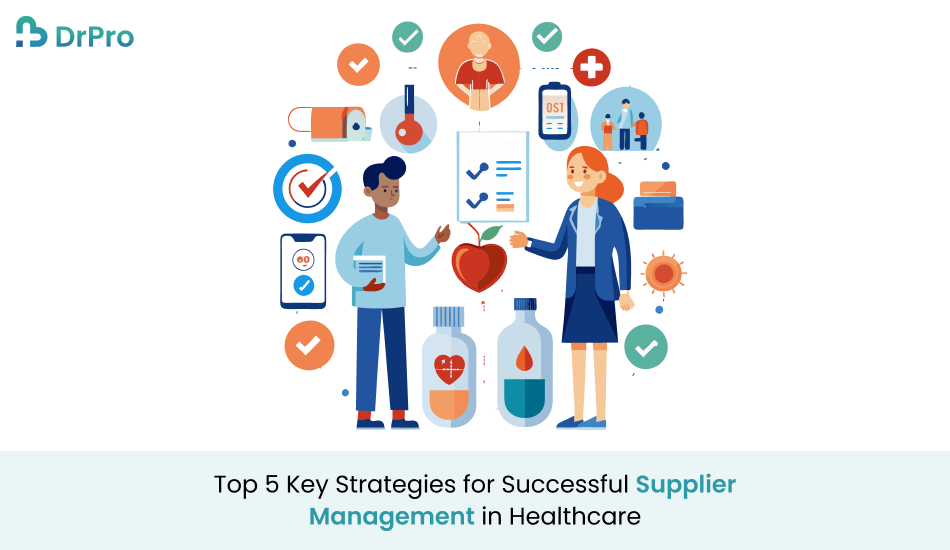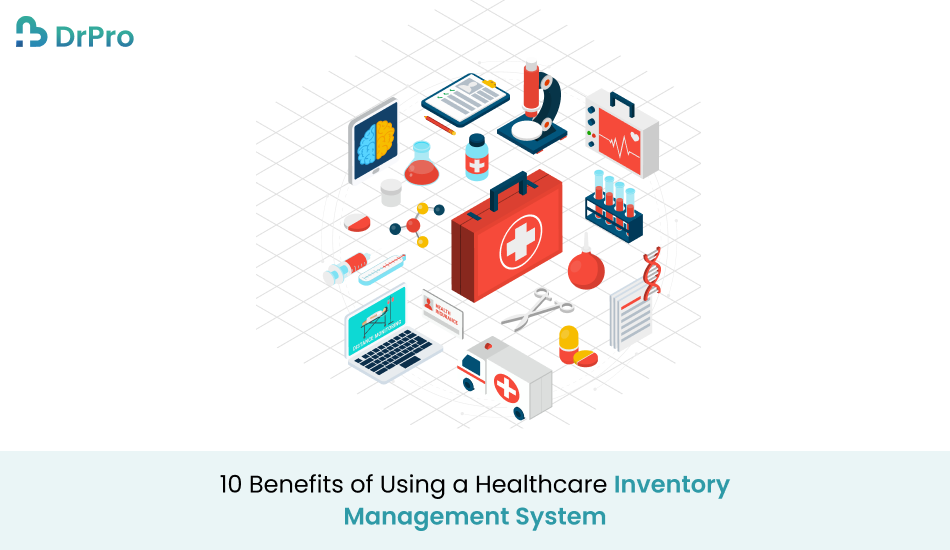10 Best Practices for Effective Supplier Management
Quick Summary Supplier management plays a central role in Quality, Cost, and Delivery the trio which are critical success factors for any organization’s success. This blog is focused on the 10 best Supplier Management Practices that every organization should consider at some point in the supplier management process to increase the overall organizational operational performance as well as the performance of the supplier. Introduction Supplier management is a core business function that most often is not given the attention it deserves due to day-to-day business pressures. However, suppliers remain a critical component of organizational success since they determine product quality, time of delivery, and overall organizational effectiveness. Contemporary organizations’ reality and growing supply chain globalization make effective supplier management more crucial than ever. The importance of supply chain relationships as a critical success factor demonstrates that organizations can get a competitive advantage over their suppliers, increase their profit, and encourage innovation. The following article will explain what is supplier management, and present ten Supplier Management Best Practices that will help you to improve your supplier relations and achieve better outcome-level supplier performance. What is Supplier Management? Supplier management can be defined as the process through which organizations control and coordinate their relations with their suppliers. It covers the activities of supplier evaluation, supplier bargaining, and supplier management, as well as supplier partnership and improvement. Supplier management is more than just a form of doing business; instead, we can look at it as a strategic cooperation between two companies. The primary objectives of supplier management include: Quality Assurance: Advising and confirming that appropriate quality standards for suppliers of the organization’s product or services are being met. Cost Control: Cost control, negotiating of cost, and selecting appropriate suppliers. Risk Management: Suppliers risks: the associated risk of supplier performance and reliability and ways of addressing it. Innovation: Partnering with suppliers as a way of improving the supply chain to invigorate the product line. Sustainability: Promoting sustainable methods that are adopted by the suppliers within the framework of CSRs. Supplier management results in better product quality which is more economical and diverse, and in turn helpful for the organization and its users. 10 Supplier Management Best Practices for Every Process Stage Establish Clear Criteria for Supplier Selection The initial step towards efficient supplier management is the definition of the major criteria for supplier evaluation. This process starts with understanding the particular requirements of the organization regarding quality, price, delivery time, and service capabilities. He therefore encourages organizations to design a criteria checklist with an accompanying scoring method to enable the evaluation of the potential suppliers against these criteria. In this way, businesses can make decisions that meet their strategic mission and vision. In practice, this could involve creating a checklist that evaluates potential suppliers on various aspects, such as: Financial stability Production capacity Quality certifications (e.g., ISO, Six Sigma) Previous performance and reliability Responsiveness and customer service The greatest advantage of having a clear framework is that it not only eases out the process of selection but at the same time, also defines the standards of performance out of the supplier. It is one of the initial and key effective supplier management best practices to ensure they fit the organization’s goals and objectives. Develop Strong Relationships After selecting the suppliers, it is wise to spend adequate time and costs in the development of the relationship. This is the true meaning of supplier management as we define it and where we focus on trust, cooperation, and sharing of information. Instead of merely treating suppliers as mere sellers, business organizations ought to embrace a supply chain partnership model. These relationships might be enhanced by formal and informal communication during the meetings and site visits as well as informal interactions. Organizations also need to involve their suppliers in such management discussions as those of strategic direction of the business. However, using a partnership approach where the relationship is built in such a way that both organizations are focused on achieving common goals and objectives that shall be supported by additional supplier management best practices. Implement a Performance Measurement System To force suppliers to achieve organizational standards, it becomes important to incorporate a good performance measurement system. Thus, to have a structured approach to determining supplier performance, Key Performance Indicators (KPIs) need to be set. Common KPIs include: On-time delivery rates Quality defect rates Cost competitiveness Compliance with contractual terms By reviewing these metrics frequently organizations can give feedback to suppliers and determine where improvements can be made and or how to gain better performance out of suppliers. In addition, this practice fosters a culture of constant improvement in the operations of suppliers to meet additional arising standards. This is one of the best practices for managing suppliers that any organization needs to embrace. Most importantly important It’s one of the leading supplier management best practices. It remains one of the more effective ways of managing suppliers out there today. Negotiate Win-Win Contracts Obviously, engaging in win-win agreements when signing contracts with the supplier is crucial when it comes to supplier management. Even though the best terms must be attained for the organization, fixed short-term goals can disrupt lengthy relationships. For any organization to engage in a negotiating activity, it should aim at trying to arrive at a mutually satisfactory solution with the other party. Key elements to include in supplier contracts are: Clearly defined terms and conditions Performance expectations Penalties for non-compliance Opportunities for renegotiation based on performance This way, organizations will be able to promote and improve their relationships with suppliers, since both parties shall work as partners. It falls under the category of supplier management best practices. Maintain Regular Communication To some extent, communication is one of the key competency elements in developing effective supplier relationship management. Specifically, organizations should ensure that they keep an effective working relationship with the suppliers at all times. It is useful to meet at intervals, report on work accomplished, and discuss any problems not yet out of hand.
10 Best Practices for Effective Supplier Management Read More »


